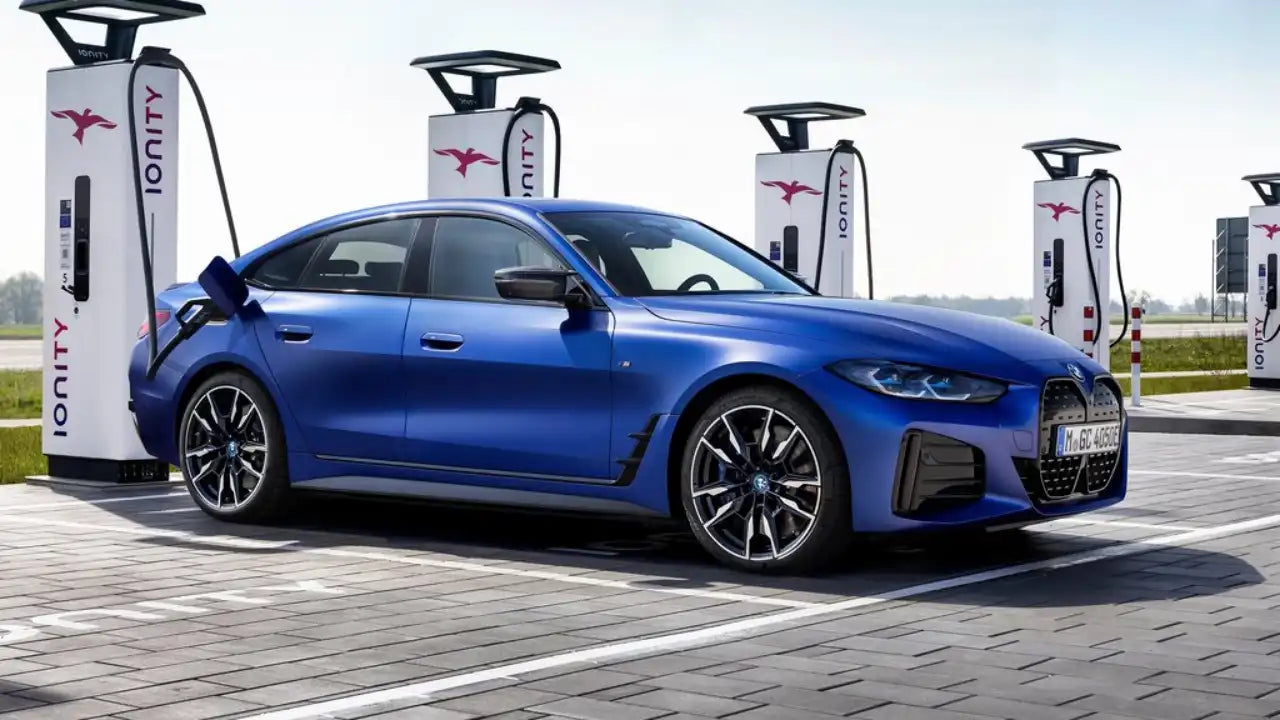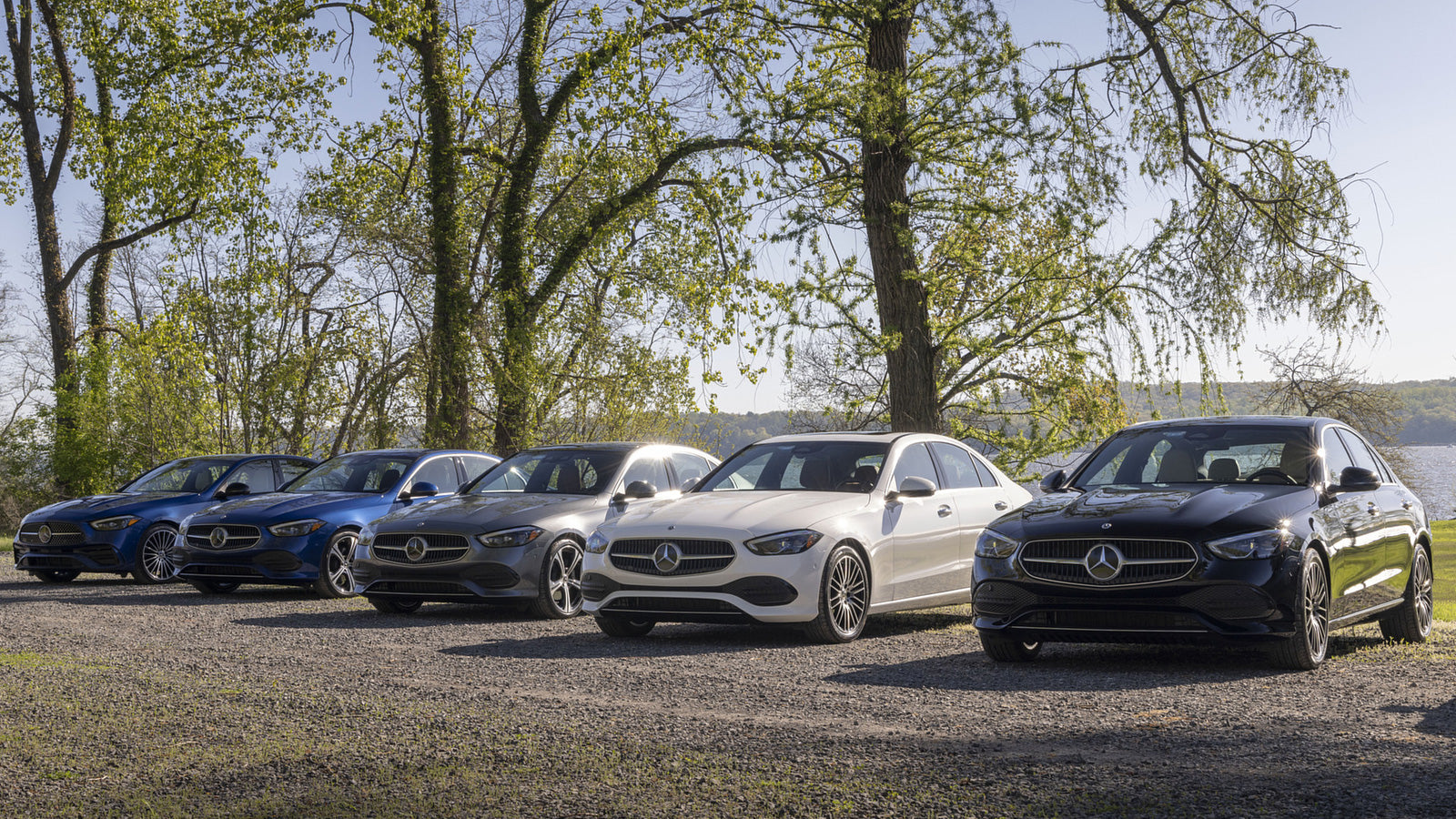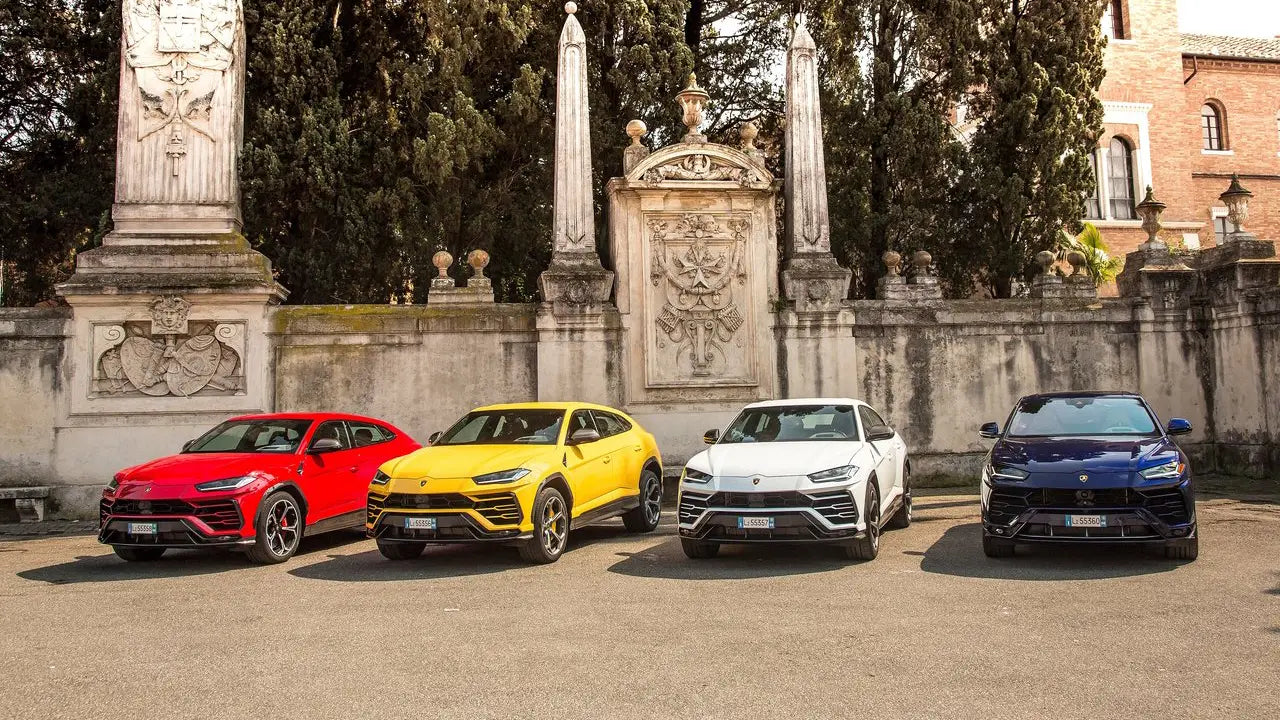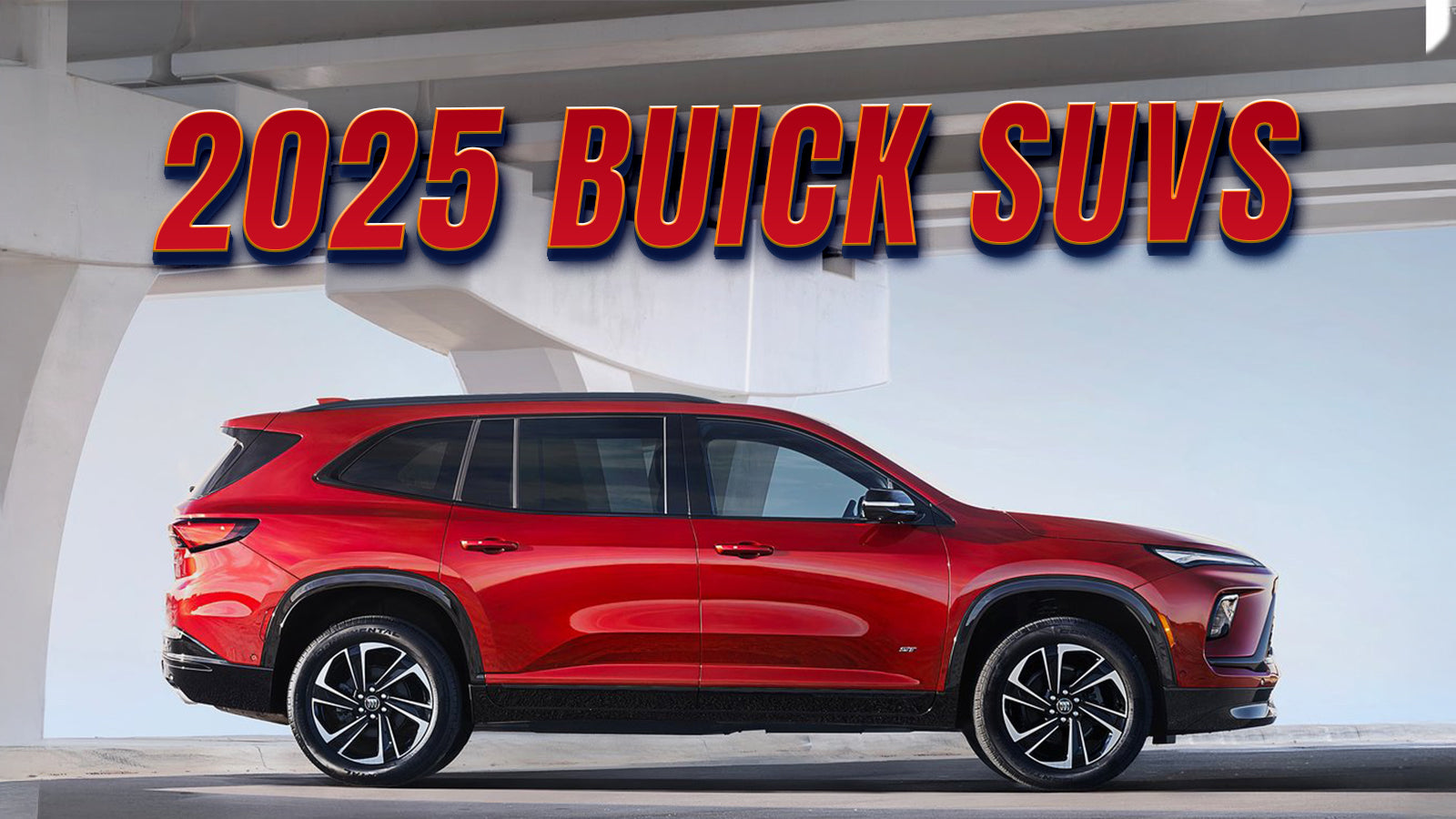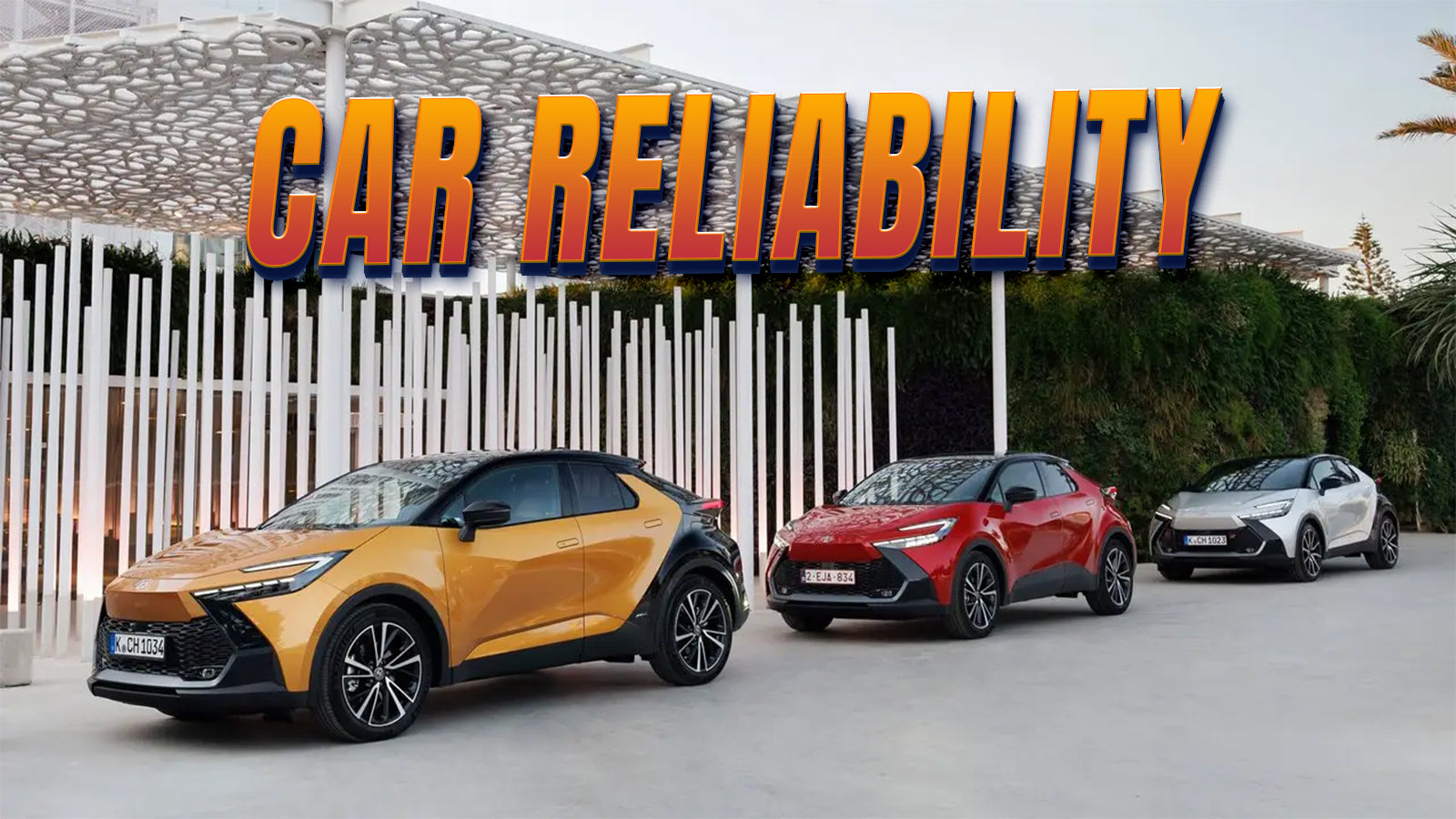As electric cars (EVs) gain popularity, one component remains at the heart of this revolution: the electric vehicle battery. It's more than simply a power source; it's an electric vehicle's brain, muscle, and heart. Whether you're a tech enthusiast or simply curious about EVs, this extensive guide will help you grasp everything about an electric vehicle battery, from what it is and how it works to the many varieties and what the future holds.
What is an electric vehicle battery?
An electric car battery is a rechargeable energy storage system that powers an electric motor, which replaces the gasoline engine in standard automobiles. When you push the accelerator pedal in an electric vehicle, the battery powers the motor, which moves the wheels. There's no engine growl or exhaust emissions, just clean, rapid torque.

What are electric car batteries made of?
Several key materials, carefully combined to store and deliver energy efficiently and safely, make up electric car batteries, especially lithium-ion batteries. The main materials include:
-
Lithium: A lightweight, highly reactive metal that enables high energy density.
-
Nickel: Helps increase energy storage and range.
-
Cobalt: Due to cost and ethical concerns, newer chemistries are replacing or reducing cobalt, which adds stability and prevents overheating.
-
Manganese: Balances the chemistry, improving safety and performance.
-
Graphite: Used in the anode (negative side), it stores lithium ions when the battery is charged.
-
Aluminum & Copper: Used in current collectors to move electricity within the battery.
-
Electrolyte: A liquid or gel substance that enables lithium ions to move between the battery’s electrodes during charging and discharging.
Some newer batteries, like LFP (lithium iron phosphate) types, avoid cobalt and nickel, making them cheaper and more stable—though they tend to have slightly less range.

What’s inside an electric vehicle battery?
An electric vehicle battery pack is a complex system made of layers:
-
Cells: The smallest unit, like a mini-battery. Hundreds or thousands of these are combined in a pack.
-
Modules: Groups of cells connected and managed together.
-
Battery Pack: The full unit that powers the car, containing modules, cooling systems, sensors, and a casing.
Each cell has:
-
Anode (usually graphite): Stores lithium ions when charged.
-
Cathode (made from lithium, cobalt, nickel, manganese, or iron phosphate): Releases lithium ions during discharge.
-
Electrolyte: Allows lithium ions to travel between the cathode and anode.
-
Separator: Keeps the anode and cathode from touching, preventing short circuits.
All of this is monitored by a Battery Management System (BMS), which ensures safe temperature, voltage, and charge control.
How do electric car batteries work?
Batteries for electric cars store energy in the form of chemicals and then turn that energy into electricity to power the motor. Electricity sets off a chemical reaction that saves energy when you charge the battery. When the car is driven, the battery sends electricity to the motor by turning the reaction around. This makes the wheels turn, which moves the car. There are also EVs that use regenerative brakes to get energy back from stopping and send it to the battery.

What type of batteries do electric cars use?
Just like there are different types of engines, there are different kinds of electric vehicle batteries. Each has its strengths, weaknesses, and ideal uses. Here’s a breakdown of the most common types:
Lithium-Ion (Li-ion) Batteries
Most electric cars are increasingly using lithium-ion batteries. Their remarkable energy density, which leads to better general performance and more miles per charge, makes them preferred. Modern electric cars (EVs) need these batteries because of their lightweight construction, fairly quick charging, and longevity. Still, especially under high-performance use or fast charging, they need complex battery management and cooling systems to avoid overheating.
Lithium Iron Phosphate Batteries
Lithium Iron Phosphate batteries are becoming more and more popular, especially in electric cars that are less expensive and are made for driving in cities. These batteries are safe, stable, and last a long time, but they don't have the biggest range. LFP batteries are cheaper to make and better for the environment than other lithium-ion types because they don't use expensive metals like cobalt or nickel. Also, they don't get too hot as easily and can handle more charging cycles, which means they usually last longer.
Nickel-Metal Hydride Batteries
Nickel-metal hydride batteries have been around for a long time. They are most often found in hybrid cars, not fully electric ones. Toyota, for instance, has used NiMH cells a lot in its Prius line. People know these batteries for being tough and dependable—they've been used in harsh environments and have always worked. NiMH batteries, on the other hand, are not good enough to power fully electric cars. They take up more space and don't hold as much energy as lithium-based batteries, so they can't store as much power.
Solid-State Batteries (The Future)
Solid-state batteries are described as the future of electric vehicles. Unlike traditional EV batteries using a liquid electrolyte, solid-state batteries use a solid material to move ions between the battery’s electrodes. So, they are expected to offer faster charging times, significantly longer range, greater safety, and better durability.
How long does an electric car battery last while driving?
How far an electric car can go relies on things like the battery's size, how the car is driven, and the weather. With a full charge, most electric cars can go 200 to 400 miles. This range can be shortened by rough driving, cold weather, and hilly terrain. For instance, heavy acceleration or driving at high speeds can use more power, and driving in freezing weather can make the battery work less well.
How long do electric car batteries last?
Electric vehicle batteries generally have a lifespan of 8 to 15 years, influenced by factors such as battery type, driving habits, and environmental conditions. While current batteries degrade slowly, severe temperatures, frequent quick charging, and deep discharges can reduce their lifespan. Most manufacturers provide 8 to 10-year battery warranties, which typically cover 100,000 to 150,000 miles. However, with appropriate maintenance, many batteries will continue to perform well after their guarantee time.
How much does an electric car battery cost?
The cost of replacing an electric vehicle battery depends on the vehicle’s size and range. Small EVs with lower-capacity batteries can cost between $4,000 and $7,000 for replacement. For larger, longer-range models, the price can be $10,000 to $20,000. Prices for batteries have gone down a lot in the last ten years thanks to better technology and economies of scale. This is likely to keep happening. Because these batteries last a long time, you probably won't need to change them in the first ten years.
Are electric car batteries recyclable?
Yes, batteries for electric cars can be recycled, though the process is still being worked on. Lithium-ion batteries have important parts inside them, like nickel, cobalt, and lithium, which can be recycled and used again. Recycling methods are getting better, but more work needs to be done on the infrastructure to support large-scale recovery. In addition, some older batteries are used for other things, like storing energy, before they are completely replaced. As more people buy electric vehicles, recycling methods for batteries will keep getting better.
What’s next for electric vehicle batteries?
With advancements like solid-state batteries that promise more energy density, quicker charging, and a longer lifespan, the future of EV batteries is bright. These batteries' increased range and enhanced safety have the potential to completely transform the EV market. Additionally, improvements in battery recycling could lower expenses and improve the sustainability of the EV ecosystem. Other innovations, including sodium-ion batteries, are being investigated as less expensive substitutes for lithium. We may anticipate quicker and more effective charging as charging infrastructure advances, which will further increase the viability of EVs for daily use.

